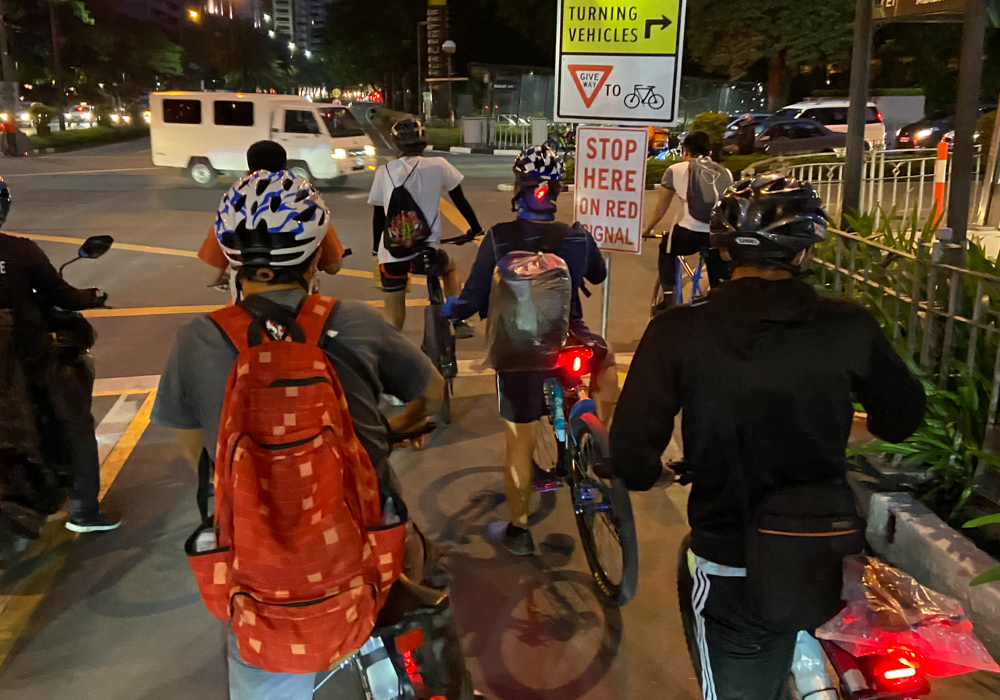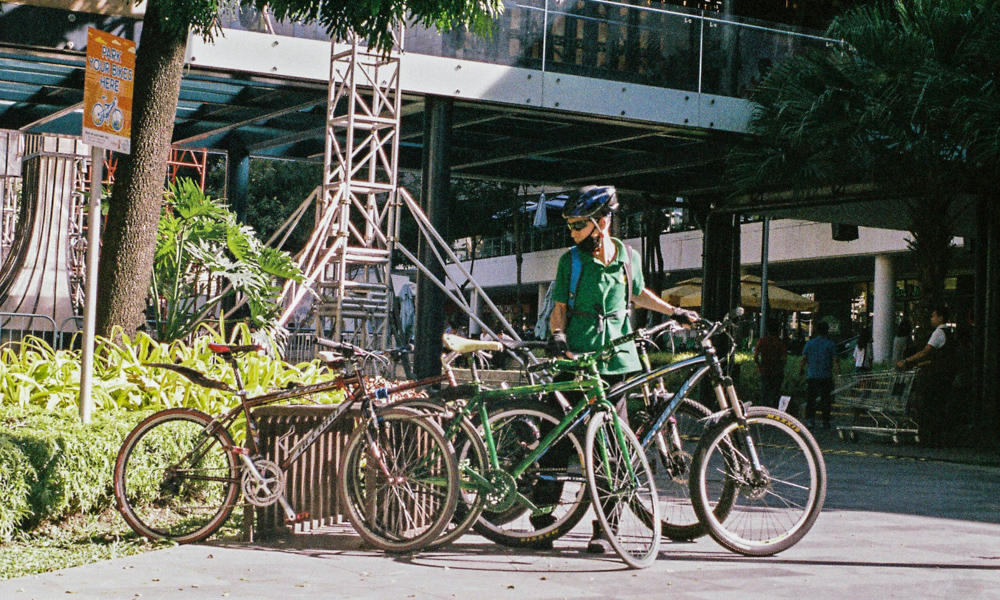
It’s no doubt at this point that the pandemic has helped the resurgence of bicycles in a lot of cities previously dominated by private cars, both locally and internationally. The quickly imposed lockdowns in 2020 cleared our roads of vehicles, kept people indoors for a significant amount of time, and made public transportation feel like a dangerous situation due to a communicable disease. A confluence of factors that led more and more people to see the bicycle not just as a toy for leisure, but as a valid form of transportation as well. So much so that 2.1 million bikes were imported into the Philippines amid the global shortage in 2020, up 112% from 2019. Also, countries like ours, France and the United Kingdom significantly bolstered networks of bicycle lanes.
Nearly two years have passed since, and recent data from the Social Weather Stations seem to imply that this resurgence has indeed affected a sizable chunk of households, not just in Metro Manila but also nationwide.
Of the 9,514 respondents from surveys conducted from May 2020 to May 2021, the SWS has found that all over the country, one in four households uses bicycles, while one in five homes owns a bicycle. The disparity is due to a good number of households relying on borrowing bikes to meet their needs, which is roughly 6% of all households surveyed.
One of the myths often peddled in comment sections on social media is that most cyclists are merely cycling recreationally. The SWS survey shows that this is very much untrue, with only one out of 10 households using bicycles for exercise, sightseeing, or play. It turns out that one in five households uses bicycles for essential trips, such as grocery shopping and commuting, both to and from work, and other nonwork-related destinations.
Of the households that use bicycles on the regular, 42% say that they have been cycling more frequently now than they did before the pandemic hit, with the number much higher in the National Capital Region at 57%. A majority of those cycling recreationally say that their biking habits have not changed since, with only 30% cycling more post-pandemic versus 48% of those doing so for essential activities.

The SWS data also dispels the notion that cyclists are the minority in our city. By May 2021, 20% of households owned at least one bicycle, while a measly 5% of households indicated that they owned a four-wheeled motor vehicle, outnumbering the motor-vehicle users by a staggering 4:1 ratio. This may come as a surprise to us viewing the city from behind a pane of glass, but with the large footprint cars occupy on our streets alongside the seemingly endless stream of traffic we get stuck in, it is easy to lose sight of cyclists simply because their small size sifts through unnoticed.
A survey commissioned by the Department of Health in November 2020 shows that 85% of Filipinos nationwide agree that their city or municipality could become a great place for cycling or walking, with a further 87% agreeing that our cities are better off with cycling and walking being prioritized over private vehicles. A lot of countries globally are following suit—the past year saw France doing this, and for the past few decades, the Netherlands has been a prime example. Nobody likes to deal with traffic, and the undue burden we place on the majority of Filipinos who do not even have cars and still have to deal with this perennial problem, is nowhere near fair. Maybe it’s about time that we create policies and build infrastructure that benefit the majority rather than the few, as in the end we can all benefit from a much more livable city.


0 Comments